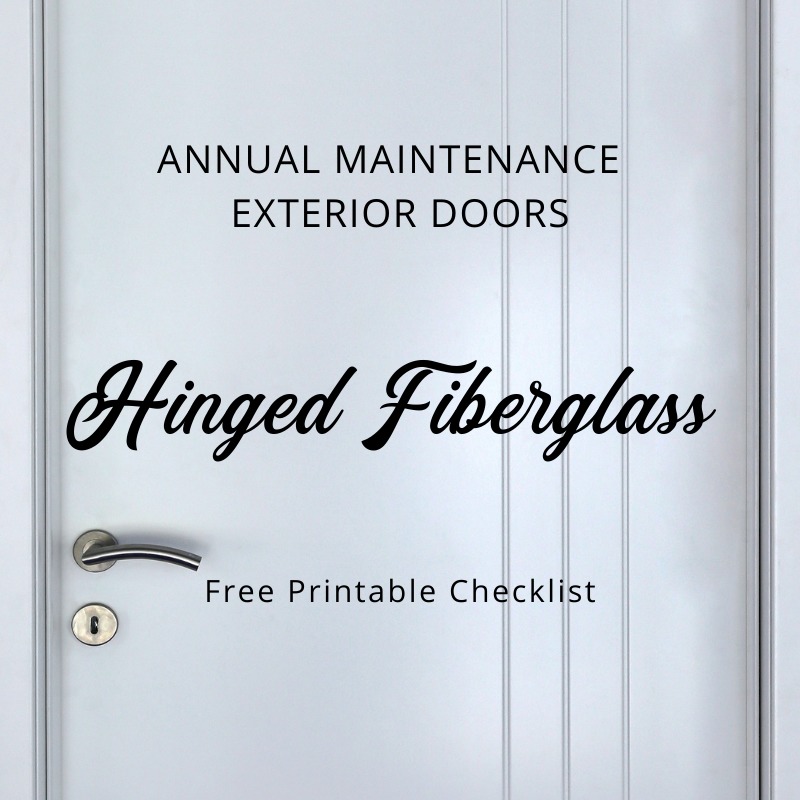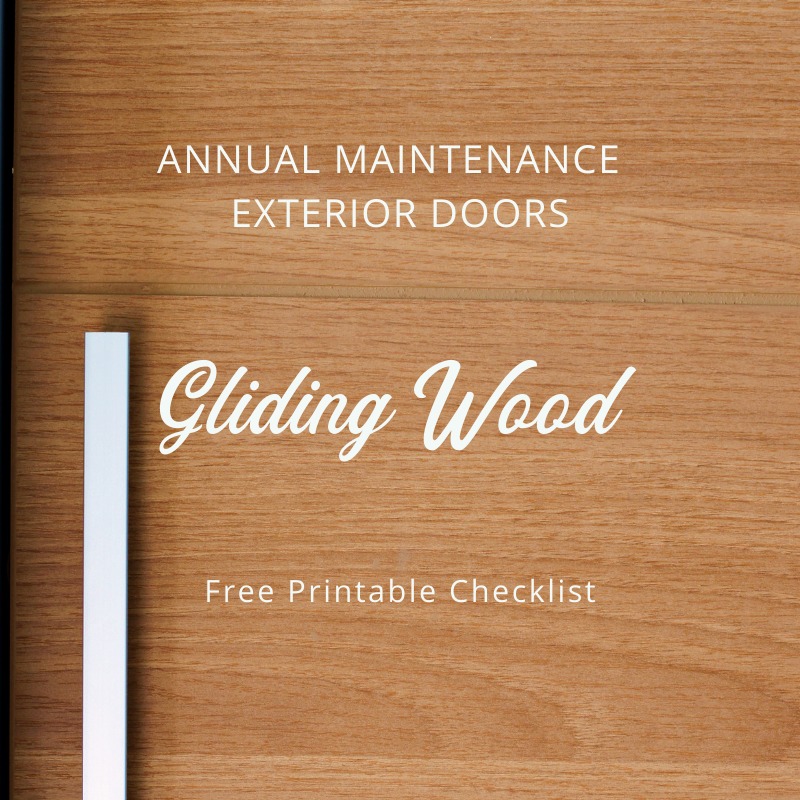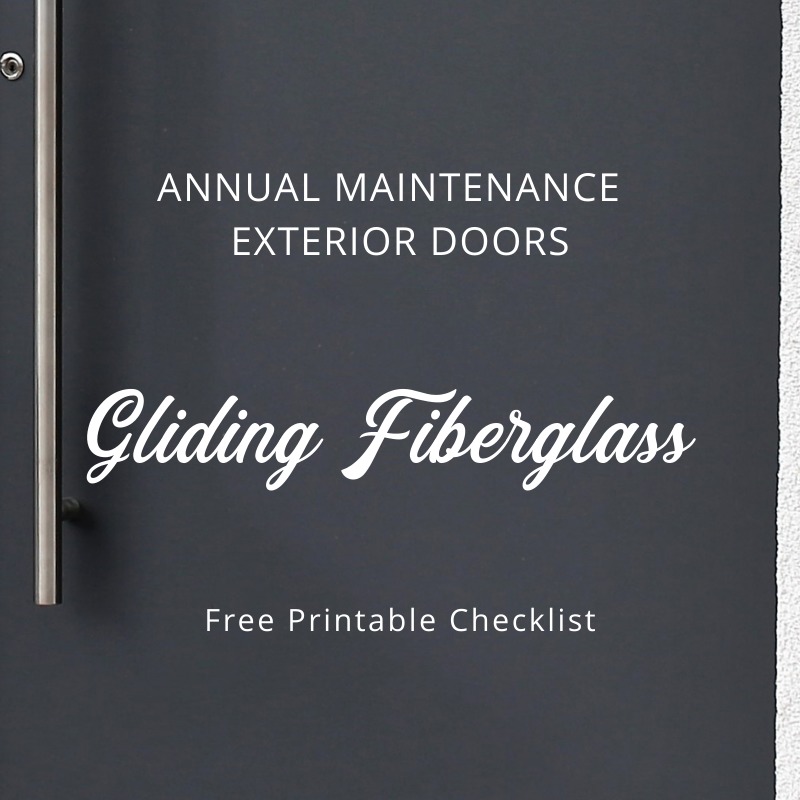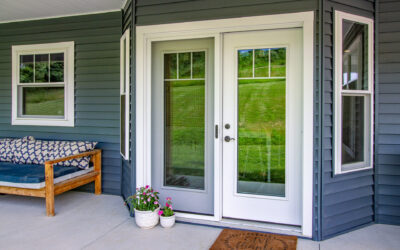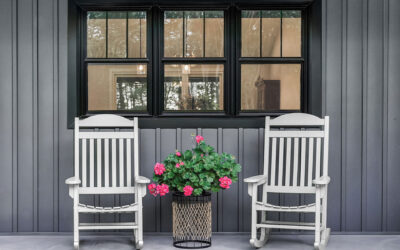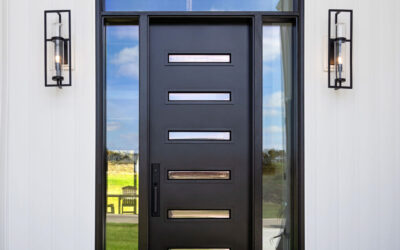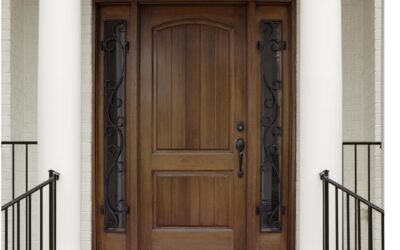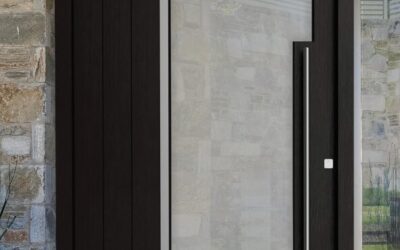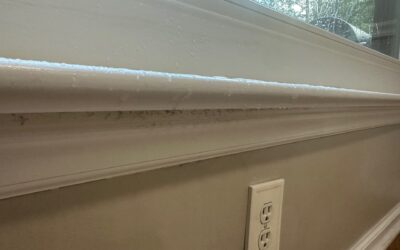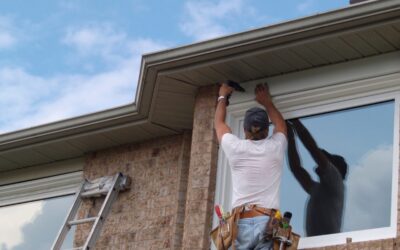If you’ve recently bought a new front door or patio door, you are likely looking for ways to protect your investment.
When we help homeowners buy and install new exterior doors in the Raleigh area, we always suggest that they do some basic routine maintenance on their new door.
Regular maintenance will
- Keep your new front door looking fresh
- Ensure that it functions properly (no one likes a gliding door that sticks, or a front door that’s drafty)
- Most importantly, remain secure to keep your home and family safe
Keep reading to learn the routine maintenance that you need to perform on your new exterior doors.
We’ve also prepared a free, downloadable printable checklist to guide you through the process!
How Often Does My Door Need Maintenance?
We recommend annual maintenance for all exterior doors, with one important caveat.
If you know that your door has sustained weather damage, or if you note other serious issues with the finish or functioning of your door, you should not wait to address them.
The sooner you can resolve any issues, the more likely it is that you can prevent long term damage to your door.
What Regular Maintenance Does My New Exterior Door Need?
The type of maintenance your door needs will depend on three things:
- The style of the door (is it hinged or gliding?)
- Whether the door includes glass
- The material the door is made from (wood or fiberglass)
A Free Printable Exterior Door Maintenance Checklist
Short on time, and just want to get to work inspecting and refreshing your doors?
We’ve got you covered.
Just choose the description that matches the type and material of your exterior door, and click to download your free one-page printable!
For All Doors:
Regardless of whether your door is hinged or gliding, or if it is made of wood or fiberglass, there are some maintenance to-do’s that are common for all exterior doors.
You should do these tasks annually.
Clean the Door
Clean the door prior to inspecting it.
Some doors should be washed with a mild detergent and water, and others should not have soap applied.
Follow the door manufacturer’s recommended cleaning method and products.
Inspect Glass for Moisture Buildup
If you notice fog between the panes of glass in your door, this is a sign of seal failure.
Most modern doors are double or triple-paned, including two or three panes of glass, respectively.
Seal failure occurs when the seal holding the spacer separating the panes of glass breaks down.
This allows the gas that was inserted between the glass (usually Argon or Krypton) to escape.
Moisture can build up between the panes of glass. If you see this sign of seal failure, it means that the glass parts of your door are no longer as energy-efficient as they were designed to be.
You should contact a glazier, who is a professional glass repair person, to evaluate and repair the glass parts of your door.
Here in the central North Carolina area, we highly recommend Window Wise for glazing.
Inspect Caulk
If you notice that your caulk is cracking or peeling, you should strip it completely away and replace it.
We recommend using a caulk that is silicone-based and highly flexible so that it will expand and contract with your door as weather conditions change.
Inspect Hardware
Check screws and tighten any that have become loose.
If your screws are worn or rusted, replace them with galvanized screws (these will be marked as exterior rated at the hardware store).
Additional Maintenance Checklist Tasks for Wood Doors
These are the additional annual maintenance tasks you should complete for a wood door.
An Important Note about Wood Doors that are Sticking
Suppose your wood door is sticking, and not opening and closing properly as a result.
A quick internet search for annual maintenance will result in lots of articles suggesting that you sand down a wood door that’s sticking.
While you may ultimately need to sand down your wood door, we want to encourage you NOT to sand your wood door until you’ve taken some other steps to try to resolve the issue.
Wood doors can stick for many reasons, including wood swelling due to humidity or the door sagging in the frame.
If, for instance, the door was sticking due to swelling because of humidity, shaving it down will only result in gaps in the door when cooler weather comes, and the door shrinks back down to size.
Or, if the sticking was caused by the door not being set properly in the frame, sanding it down will not ultimately fix the problem.
You should know that wood doors are covered by a thin strip of laminate over the solid wood door.
If you sand down through this laminate, you will expose the unfinished, raw wood that makes up your door’s core. Doing this could expose your door to a high risk of damage from moisture and heat.
So, Rather than go Straight for the Sandpaper, if your Door is Sagging, We Recommend that you:
- Contact a professional to ensure that the door is properly set in the frame. They can replace screws or add shims if needed to resolve the sticking.
- If that doesn’t resolve the issues, try applying a wood wax to the sticking point. This may give the door the lubrication that it needs.
If these measures don’t resolve the sticking, you could try sanding the door.
If you do, sand very gently and test after each swipe to see if the door operates properly. Sand as little as possible to achieve the desired result.
It may, however, be best to consider replacing the door at this point.
Evaluate Paint/Stain for Signs of Excessive Wear
Check the paint for signs of peeling, cracking, or other extreme wear. Sand the door to remove the paint or stain that is worn.
Then stain or paint the door, making sure to follow exactly the instructions on the stain or paint product you choose. Be sure to do this on a day when the weather will be within the temperature ranges recommended by the product you’re using (usually between 50-90 degrees).
We also recommend you avoid painting or staining on days with high wind, to avoid any unwanted debris becoming stuck to your door.
Depending on the product you choose, you may need to apply, lightly sand, and then reapply a number of times to ensure adequate coverage and penetration.
Seal the Paint/Stain with a UV Protective Sealant
Our Carolina sun can be quite damaging to wood doors, causing both aesthetic and structural issues over time.
We recommend that every 12-18 months you seal your wood door with a UV protective sealant.
One of our favorite brands to use for this is PPG (formerly Sikkens). We have found that their UV absorbency and durability are the best available on the market.
Additional Maintenance Checklist Tasks for Fiberglass Doors
As a rule, fiberglass doors require less regular maintenance than wood doors.
However, annual cleaning should still be a must, even for durable fiberglass exterior doors.
You may, over time, notice some weathering affecting the sealant or the stain or paint on your fiberglass door.
How you address this should be in line with the manufacturer’s specific recommendations.
This can vary by manufacturer.
Some door manufacturers recommend
applying a new layer of stain and sealant over the existing finish. Other doors
require chemical stripping prior to refinishing. Still, other manufacturers
recommend buffing out the existing sealant with a steel wool pad.
Additional Maintenance Checklist Tasks for Gliding Doors
Clear the gliding track of any debris or other buildup that may interfere with its functioning.
If it’s recommended by the manufacturer, apply dry lubricant to the rollers and/or locking mechanisms, to ensure that they continue to work properly.
Reliable Door Installation Company Serving Raleigh, NC, and Surrounding Areas
We hope that you find these tips helpful. Our hope is that this is the only exterior door maintenance checklist you’ll ever need.
When you’re ready to replace your doors, you want to work with professionals who will teach you what you need to know to protect your home and keep it looking beautiful.
We at Window Works Co. would love to help you find just the right exterior doors for your home.
Use the calendar below and schedule your complimentary door consultation call today!




